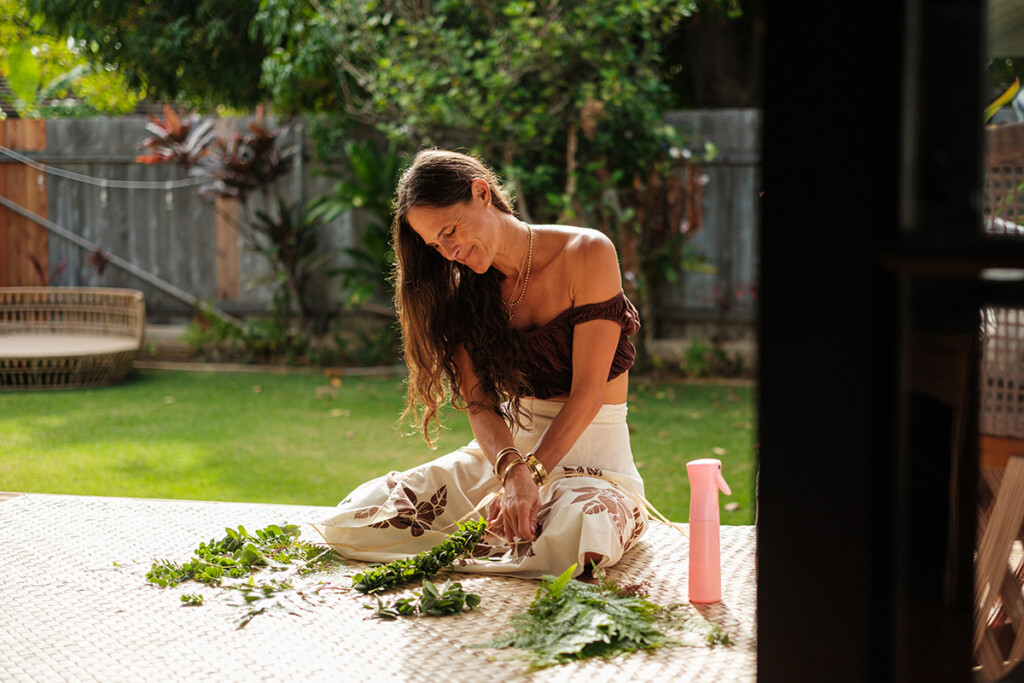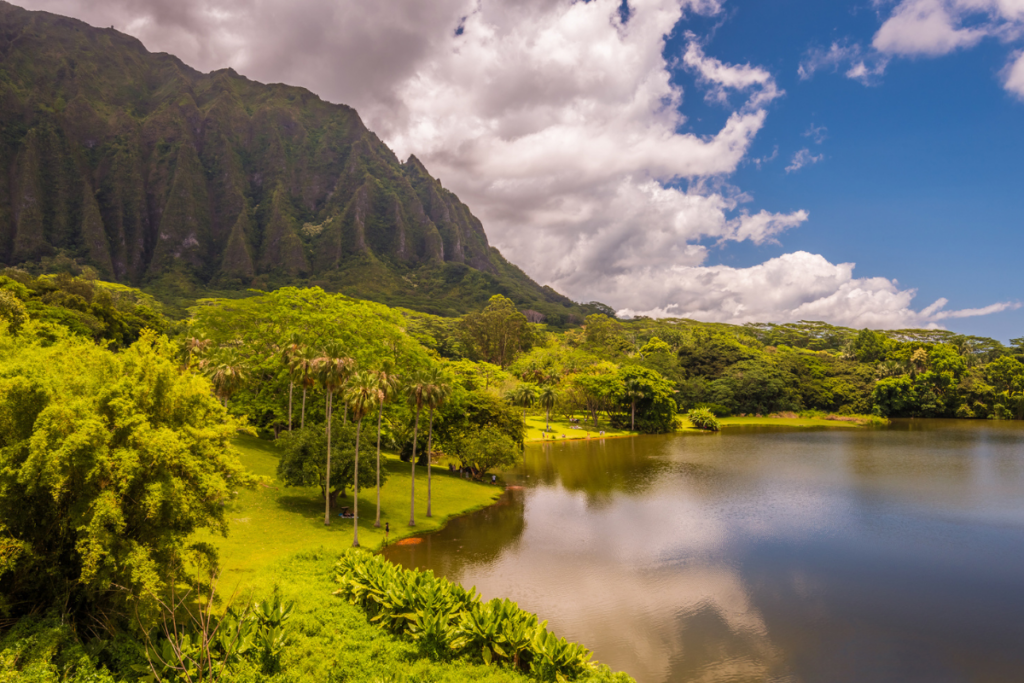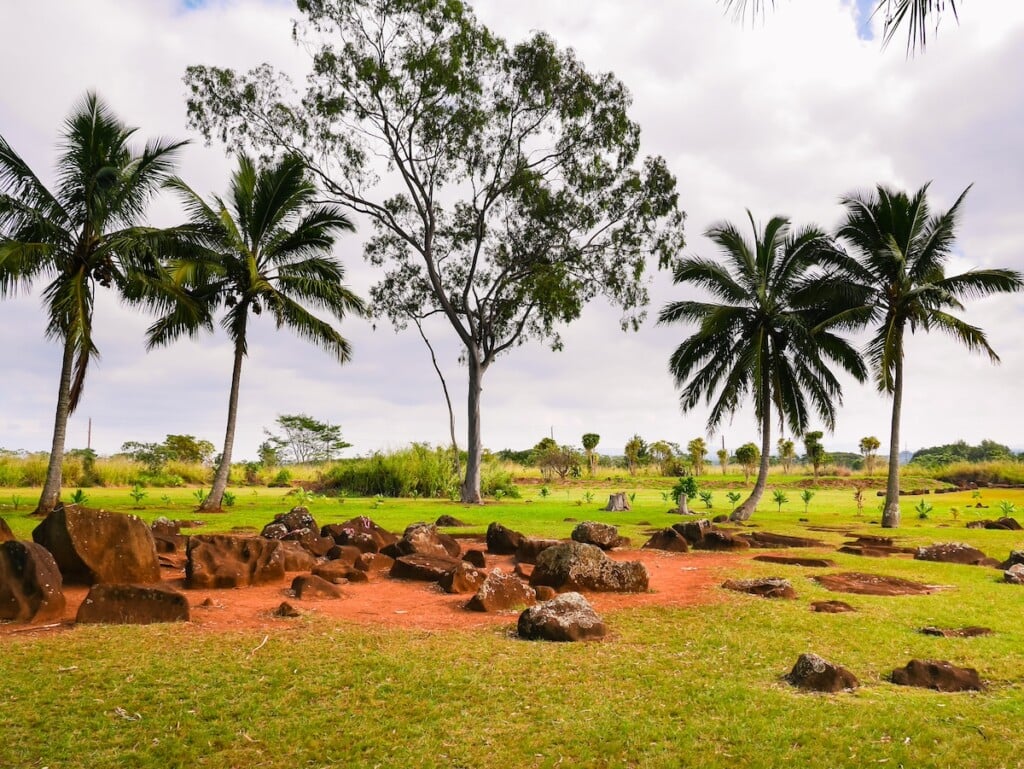Q&A with Master Lei Maker Meleana Estes
Oʻahu-based lei maker and book author Meleana Estes talks about her book, which is all about Hawai‘i’s flowers.

Last year Honolulu-based lei maker and stylist Meleana Estes made her debut in the publishing world with her gorgeous book “Lei Aloha: Celebrating the Vibrant Flowers and Lei of Hawai‘i,” a touching homage to lei making and the people in Hawai‘i’s lei community. Brimming with beautiful photos of lei and flowers, the book shares the history of flowers, lei and Island traditions. Estes shares what went behind the writing process, what she hopes readers take away from the book and remembers her late tūtū, Amelia Ana Kā‘opua Bailey, who passed down her lei-making legacy to Estes.
What was your journey of writing “Lei Aloha”? What do you hope readers take away from the book?
Back in 2015, I had this idea to write a book not just about my lei, but about the different styles of lei. At the time, I noticed this resurgence of lei making in Hawai‘i among young people—you would see young girls wanting to wear head lei for graduations and social media in general just showing this new appreciation for lei. I felt it was time to celebrate and highlight the amazing lei community we have here.
As I started to write the book, I was so fortunate that because of my tūtū, who was a master lei maker, I was in the position to be able to interview so many different lei makers and cultural practitioners and kumu hula, including Robert Cazimero and Māpuana de Silva. They would talk about their own relationship with lei, and my goal was to compile their stories and their history. I didn’t want the book to be through my lens. I was just the narrator. It’s Hawai‘i’s book.
View this post on Instagram
What do you hope readers take away from the book?
I hope they feel inspired to go out and make a lei!
You talked about a resurgence for younger people in Hawai‘i to make lei. Do you have any suggestions or tips for those people who might live in a condo and might not have access to a garden?
Yes, that is the sad truth about Hawai‘i. Land prices—and even the price of a lei—has gone up so much. There are [fewer] flowers and more backyards being turned into apartments. My advice is to make friends with your neighbor. Offer to rake the yard and ask if you can pick their plumeria. If you want to be a part of this lei-making community, there is a give and take. Offer help. Even I have people who I bother—there’s one uncle who lives in Mānoa [on O‘ahu] and I asked to pick his yellow ‘ōhi‘a, so I brought mango chutney, along with a copy of my book.
It was your grandmother who first taught you how to make lei. What are your earliest memories of making lei with her?
I don’t remember a specific moment, but more of her work ethic. I would sit on her concrete step in her basement and watch. I remember her sweeping the floor, just the way that she moved in that basement. The way that she shared lei—she would wrap it in a beautiful ti leaf and use a nosegay the same color as the lei inside. She taught me how to make a lei po‘o, and I remember she was strict with me!
What do you enjoy most about teaching people to make lei?
I always look for creativity. Everyone has their own version of what they’re doing. I think that’s really cute. One of my favorite things is teaching local families and making head lei. It’s neat to see them remembering and saying things like, “Oh my gosh, I haven’t done this since I was 12 years old, or when I used to dance hula, and it’s so nice to do this again.” Knowing that it’s a skill that is coming into practice again in their lives is so cool.
View this post on Instagram
What are some of your favorite materials and flowers to work with?
I love working with the puakenikeni lei. Up in Mānoa, my tūtū had four puakenikeni trees that multiplied to seven on the property. That flower feels like family.
This interview was edited for length and clarity.
This story was originally published in our Spring 2024 issue. Buy a copy here.


